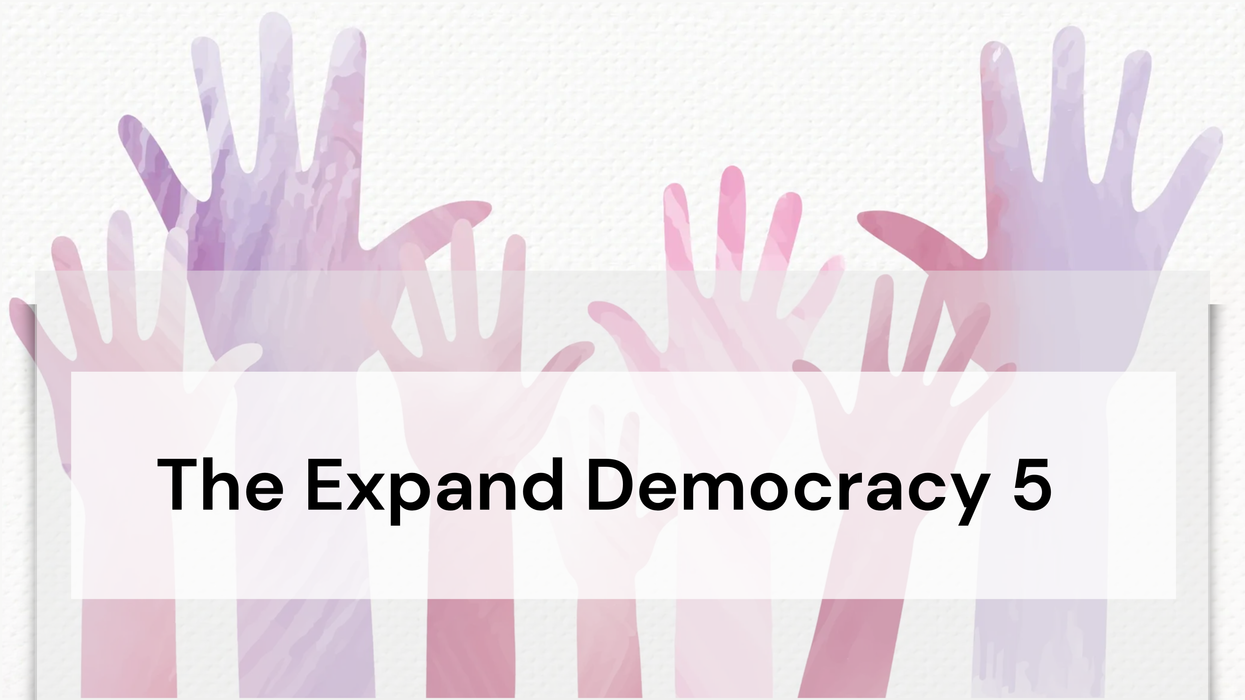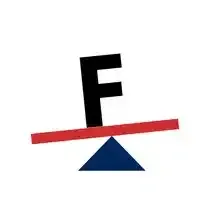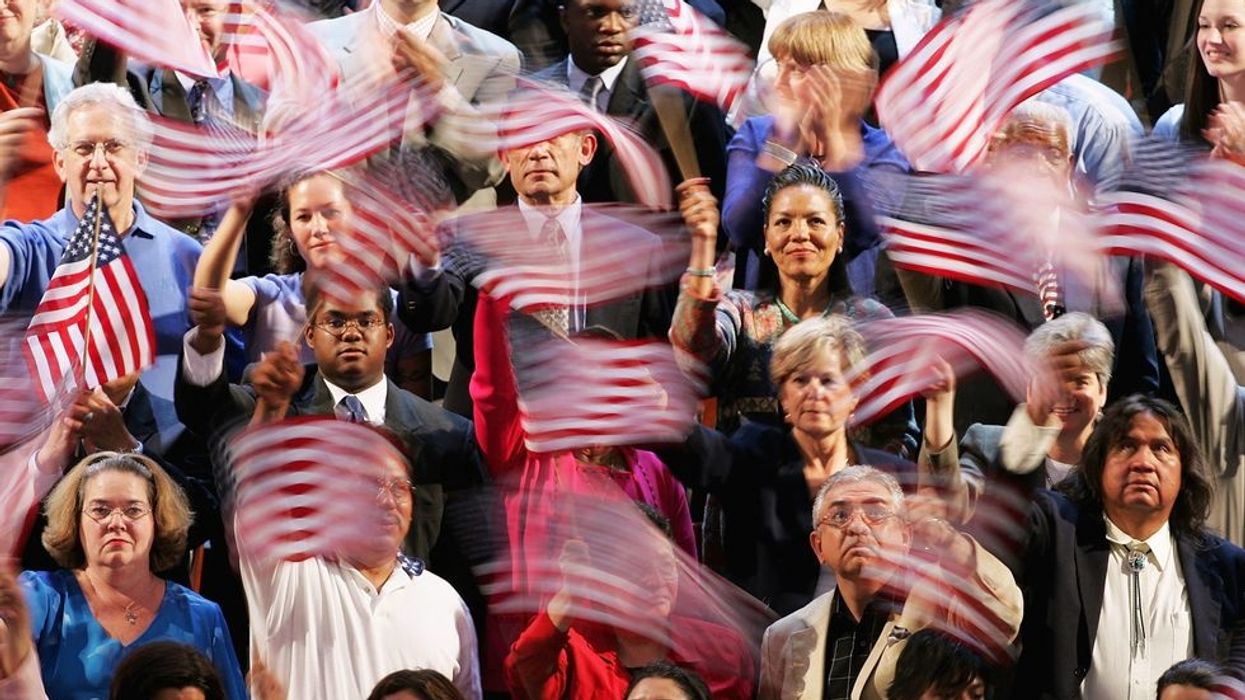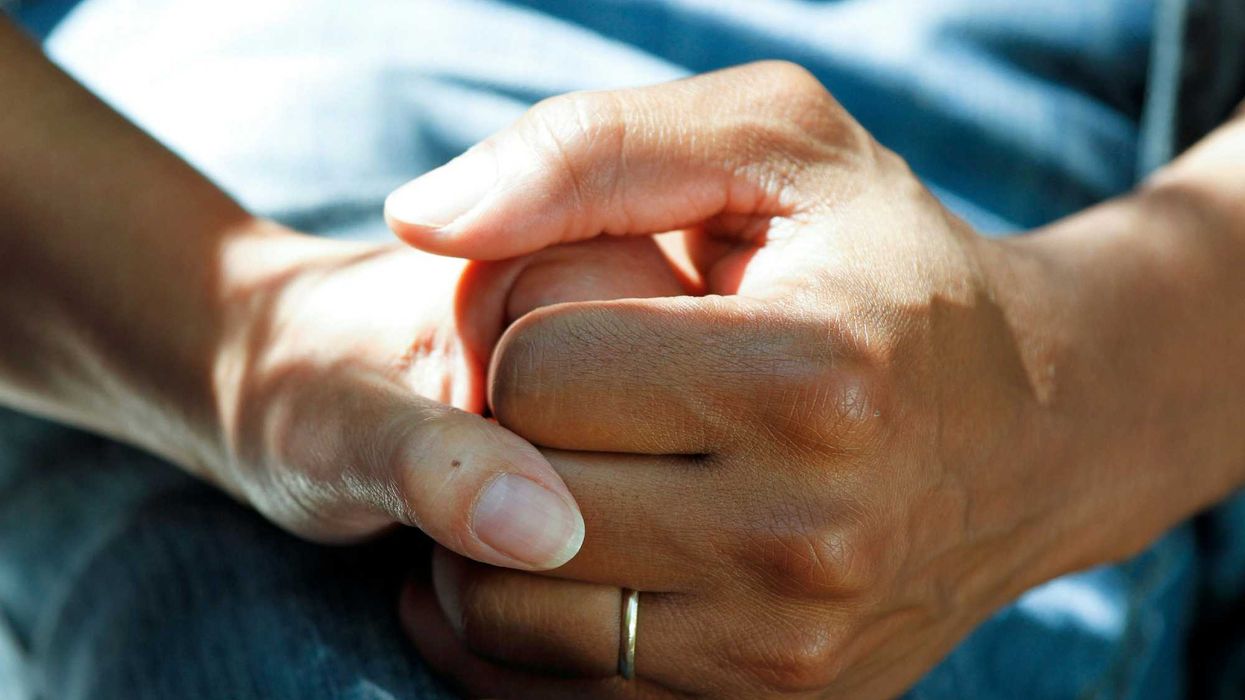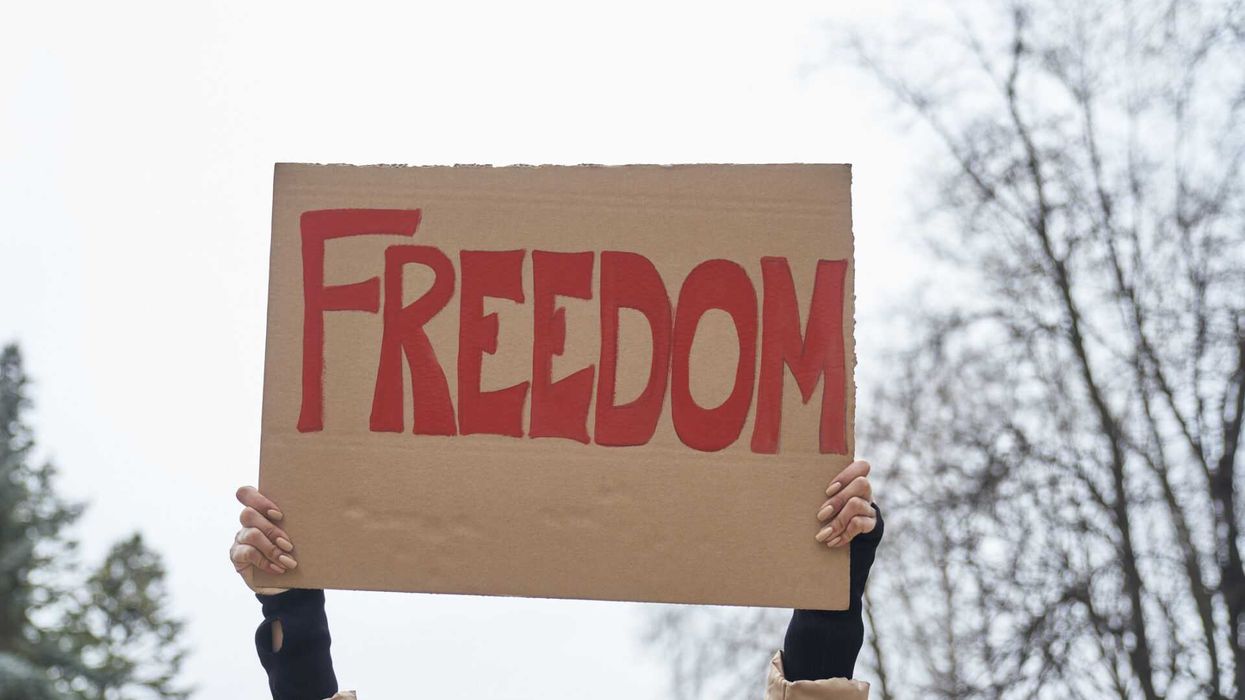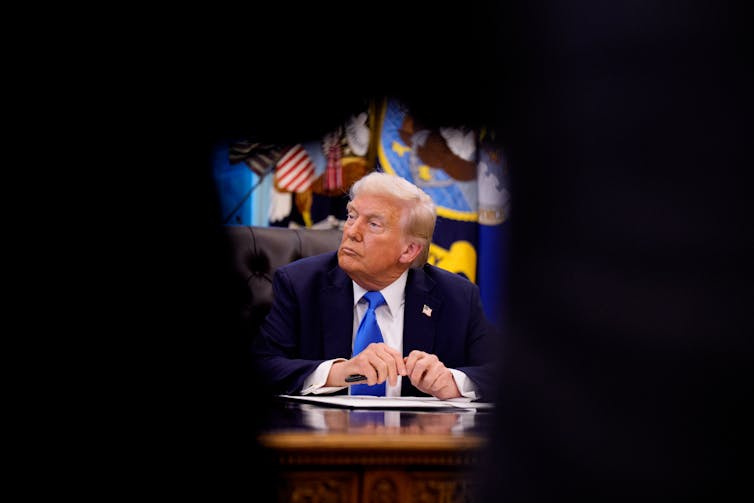Welcome to the latest edition of The Expand Democracy 5. From Rob Richie, with Eveline Dowling and Juniper Shelley’s assistance, we highlight timely links and stories about democracy at the local, national, and global levels. Today's stories include:
🔁 The primary problem is a lack of general election competition
💡 The case for a constitutional right to vote
🔓 Restoring voting rights to citizens with past felony convictions
🧭 Ballotpedia as a national voter guide
🕓 This week’s timely links
In keeping with The Fulcrum’s mission to share ideas that help to repair our democracy and make it live and work in our everyday lives, we intend to publish The Expand Democracy 5 in The Fulcrum each Friday.
If you want to suggest a pro-democracy idea for coverage in The Expand Democracy 5, please use the contact form at Expand Democracy.
Before turning to this week’s topics, I wanted to elevate Eveline’s lead story last week on political violence that became all too real last Saturday when an assassin murdered Minnesota state representative Melissa Hortman and her husband Mark and seriously wounded a state senator and his wife. The Washington Post reported this week on growing fear among state legislators, citing a 2023 survey finding more than 40% had experienced threats.
This New York Times guest essay by Robert Pape had compelling advice: “My research suggests that to de-escalate the political environment and reduce the risk of violence, America’s political leaders need to cross their political divides and make joint statements (and ideally joint appearances) that denounce all political violence, welcome all peaceful protest and call for respecting the rules, process and results of free and fair elections in the country.”
 The “Primary Problem” is a Lack of General Election Competition
The “Primary Problem” is a Lack of General Election Competition
[The Primary Problem. Source: Unite America]
Low voter turnout combined with increased partisanship in primaries has characterized the modern era, resulting in incentives against creative compromises across party lines. An excellent summation of the problem is Unite America executive director Nick Troiano’s 2024 book The Primary Solution. Unite America highlights the shocking reality that, with so many fundamentally safe seats today, 87% of U.S. House elections in 2024 were determined in primaries by merely 7% of Americans.
There are two ways to imagine tackling the problem: reduce the power of current primary voters by increasing turnout and more representative electorates in primaries, or by making those primaries less important than what happens in the general election. Reformers don't have to choose just one path, and I think we should push forward where possible. But there is value in prioritizing what viable change can have the greatest impact. Over the years, including when I developed the partisan voting index and wrote FairVote’s first Monopoly Politics report in 1997, I’ve sought to highlight how unfair and problematic it is when general elections don’t matter.
That insight led me to support the National Popular Vote plan to reform presidential elections – when every vote in every state is counted equally, any close national election will make that vote meaningful, no matter where it is cast. It’s taken years, but backers of the National Popular Vote plan are getting closer to winning this transformative change.
It sparked my interest in creating a unique American approach to proportional representation, one that I think can ultimately succeed – the proportional ranked-choice voting system outlined in the Fair Representation Act, which has been proposed in Congress since 2017. The Fair Representation Act would allow both major parties to contest and likely win in every corner of every state, while smaller parties and independents could hold them accountable and avoid the “spoiler” epithet with a ranked choice voting ballot.
In 2012, it motivated me to propose a Top Four primary system in response to California’s adoption of the Top Two primary. I also supported research that highlighted how many more general elections would offer both genuine voter choice and competition by advancing four candidates to ranked choice voting elections, as currently implemented in Alaska for all its state and congressional elections.
That’s why I’m currently so engaged in advocating for New York City to build on its adoption of ranked choice voting (RCV) for primary elections by moving toward what every other city with RCV does: a single round of voting using RCV. Even as New York has a compelling primary election with RCV on June 24th, a charter commission with deeply respected leadership is seriously considering taking on the primary problem. One option they are considering is to follow the lead of many states by allowing unaffiliated voters to participate in primaries and various forms of all-candidate primaries. This is a sensible voting rights change, although it is unlikely to impact the significance of general elections.
The commission is considering the bolder solution of all-candidate primaries, where the primary serves as a winnowing contest rather than a nomination process. As detailed in my June 10th New York City testimony, I strongly believe that any all-candidate primary proposal in New York should build on the City’s use of RCV by following Alaska’s model with four candidates advancing from the primary. If the commission decides to limit the general election to only two candidates, as in California, there will be a significant number of uncompetitive general elections where one candidate belongs to the majority faction and the other does not - sometimes deliberately manipulated by partisans, as evidenced by Adam Schiff’s campaign for U.S. Senate in California when promoting Republican Steve Garvey. In the rare event that two candidates are viable, a Top Two system will imply one of two possibilities: it’s a politically balanced district where a traditional partisan primary system would similarly foster competition, or the choice has been limited to candidates with ties to the majority. In contrast, a Top Four system would significantly increase the likelihood of having more than one viable candidate and would also offer a broader selection where most voters support at least one candidate.The New York City charter commission’s decision intrigues me even more because the commission has the power to propose related changes that I strongly support—for instance, permitting write-in candidates and allowing candidates to display party and organizational endorsements. The City also has the nation's most vibrant public financing system, which gives more voters the power to compete equitably, even in a system that enhances general election competition.
Going forward, keep that defining question in mind: if seeking to take on the primary problem, what effect will the reform have on the general election?
 The Case for a Constitutional Right to Vote
The Case for a Constitutional Right to Vote
Nearly every major democracy in the world has a constitutional provision that we lack in the United States: an affirmative protection of the right to vote. Because our Constitution was adopted when voting rights were heavily restricted, there is no such clear right, as our series of pro-suffrage amendments have added particular groups (such as women, African Americans, and 18-year-olds) without fully protecting the voting rights for all adult citizens. This absence creates a dangerous hole in our democracy that allows our federal courts not to center their rulings on voting in a clearly established right.
Election law professor Rick Hasen last year wrote compellingly in A Real Right to Vote about the case for an affirmative right to vote in the Constitution, and I’ve had the good fortune to work with advocates of the proposal for more than two decades. Here’s an excerpt from FairVote’s 2014 policy guide calling for this change:
“Passing a Right to Vote Amendment to the Constitution would uphold our fundamental right to vote. The amendment would empower Congress to set national minimal electoral standards for all jurisdictions to follow, provide greater protection against attempts to disenfranchise individual voters, and strengthen the impact of state and local laws seeking to uphold suffrage… Past legislation for a right to vote amendment has earned the support of more than 50 Members of Congress ... .States, cities, campuses and NGO’s are starting to pass right to vote resolutions that call for a right to vote amendment and commit to actions to protect, promote and expand suffrage.”
That last expression of activist hope never quite came to fruition despite some promising case studies. Expand Democracy will look for whether it can catalyze action and attention on that combination of federal action, grounded in a local movement for voting rights.
 Restoring Voting Rights to Citizens with Past Felony Convictions
Restoring Voting Rights to Citizens with Past Felony Convictions
[Leroy Jones, who served his sentence 10 years ago, protests outside a Miami courthouse on April 9, 2003. Source: Frontline]
We’re publishing on Juneteenth, our most recent federal holiday that commemorates the end of slavery, and one with an inspiring activist story featuring now 98-year-old Opal Lee. While incarceration after criminal convictions is far different than the inexcusable evils of slavery, it does share one feature: slaves did not have voting rights, and nearly every state today deprives citizens of voting rights when incarcerated. Too many states go further and make it virtually impossible to ever vote again, even after serving one’s sentence.
Most NATO nations, including Canada and those in western Europe, do not take away suffrage rights for otherwise-eligible citizens who are incarcerated. It’s even rarer to impose a life-long penalty—one that an affirmative right to vote would likely make much easier to defend, despite political demagoguery surrounding “being tough on crime” to support it and “weak on crime” to advocate for the right to vote.
Several groups have done valuable work on this issue, including the Brennan Center and the Advancement Project. No organization has been so steadfast in elevating the problem as the Sentencing Project, which in 2024 issued this release - one that has troubling data, yet lifts up that advocates of voting rights restoration have made major progress:
“One out of 59 adult citizens – 1.7% of the total U.S. voting eligible population – is disenfranchised due to a current or previous felony conviction. An estimated 4 million people are disenfranchised due to a felony conviction, a figure that has declined by 31% since 2016, as more states enacted policies to curtail this practice and state prison, probation, and parole populations declined. Previous research finds there were an estimated 1.2 million people disenfranchised in 1976, 3.3 million in 1996, 4.6 million in 2000, 5.1 million in 2004, 5.7 million in 2010, 5.9 million in 2016, 4.9 million in 2020, and 4.4 million in 2022.”
 Ballotpedia as a National Voter Guide 365 Days a Year
Ballotpedia as a National Voter Guide 365 Days a Year
An Expand Democracy priority is to elevate best practices for 21st-century voter guides, as Eveline wrote about last week. We need to be creative in making use of online tools and forms of communication that are compelling and accessible.
That said, anyone who has done an elections-related search has likely come across what I believe is fair to say is one of the most successful voter guide resources we’ve ever had - Ballotpedia. Here’s more about Ballotpedia’s “about us” page:
“Ballotpedia is the digital encyclopedia of American politics, and the nation’s premier resource for unbiased information on elections, politics, and policy. We provide our readers curated content on all levels of U.S. politics that is relevant, reliable, and available for all. In addition, Ballotpedia’s policy content and assets are a gateway to learning about public policy and an unparalleled resource for clear, comprehensive, and factual information on key policy areas. We are firmly committed to neutrality in all our content. As a nonprofit, our mission is to educate. We're here for you when:
- You need the latest political news and analysis from a reliable, nonpartisan source.
- You're making decisions about how you'll vote in an election.
- You want to access all opinions—fairly, clearly, and completely presented—surrounding a policy area.”
Ballotpedia publisher Leslie Graves recently made a compelling case for why it has such a wide reach with the public in the weeks leading up to an election: it’s available as a resource every day of the year. Elections may not come around that often, but questions about past elections, election rules, and your representatives come at any time. Having vetted, comprehensive content creates trust and value. In that spirit, we thank The Fulcrum for its diligent coverage of democracy every week, including often running this publication.
So here’s to Ballotpedia – and for those seeking 21st century voter guides, recognition that its creators are most likely to succeed if regularly a source for people in their community,
 Timely Links
Timely Links
We close The Expand Democracy 5 with notable links:
- NJ state VRA sponsor seeks to “expand democracy”: New Jersey is moving to strengthen voting rights with progress for a State Voting Rights Act to expand ballot access, language assistance, and voter protections. We were appreciative of this framing by the bill’s lead sponsor, Assemblyman Reginald Atkins "Here, we expand Democracy. We don't shrink it."
- Census Bureau Voting Data Highlights Turnout-Boosting Power of Vote-at-Home Systems: “Every two years, the U.S. Census Bureau releases a comprehensive report on voting turnout patterns among states and key demographic groups for the most recent general election. The latest report on the November 2024 election showed once again the turnout-boosting power of Vote at Home election systems: when more voters have their ballots delivered to them, more of them vote.”
- Virginia Lt. Governor Primary Won with 27 Percent: Candidates run and win with the rules that are provided, but it’s notable that New Jersey Democrats just nominated their candidate for governor Mikie Sherrill with only 33.9%, and Virginia Democrats this week nominated their candidate for Lt. Governor Ghazala Hashmi with only 27.4%. Such non-majority wins are in contrast to the ranked choice voting rules used in Virginia localities like Arlington and Charlottesville that make far more votes count.
- Maine Legislature Sends Ranked Choice Voting Expansion to Governor: Maine voters have twice voted for RCV in statewide ballot measures, and a survey shows its popularity keeps growing. On June 18th, the legislature sent to the governor legislation to extend RCV to general elections for governor and the state legislature - a potential parallel to New York City, which uses RCV for primaries and may be able this fall hold a vote on using RCV in November as well.
- “America’s urban majority has been disenfranchised—here’s how to fix it”: Thor Hogan in DemocracySos provocatively proposes a creative and entirely constitutional solution to the challenge of a grossly malapportin U.S. Senate. An excerpt: “If California were to successfully partition itself into a significant number of new states, other large states would almost certainly follow. Many books and articles support granting statehood to Washington, D.C. and Puerto Rico (which we should absolutely do) or splitting California into three or four parts—but then they assume the process would stop there. But if California went from two to thirty-two senators, as I propose, other states would be compelled to redress the resulting power imbalance.”




